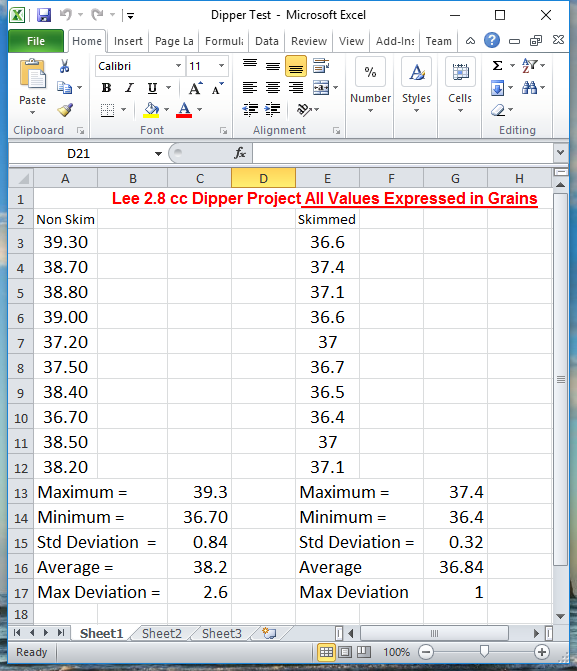


However, the leakage signal produced by a jet of fluid under high pressure is more complicated than an ordinary acoustic signal. Most of the traditional analysis methods only consider a single narrow-band analysis method instead of each component’s differences in the leak signal. Hence, the application of LMS-TDE is limited to low SNR. However, LMS-TDE is a biased estimation, and the error of the leak location method based on LMS-TDE is proportional to the SNR. The filter can be updated iteratively by using the leakage signal’s characteristics, and its correlation function can be obtained directly from the system parameters instead of any prior knowledge. An adaptive TDE algorithm based on the least mean square (LMS) is proposed in which GCC is replaced by an adaptive filter. However, it is difficult to determine the frequency bands of leakage signals in various pipeline situations (pipeline material, pressure, leakage aperture, etc.) and surrounding environment (car whistle, road vibration, valve noise, etc.), which results in an inability to design a prefilter for GCC to improve the SNR of leakage signal. Knapp and Carter proposed a generalized cross-correlation (GCC) method, which enhances the signal in the band with higher SNR and suppresses the signal outside these bands by prefiltering leak signal before performing the CC method. TDE can enhance the SNR of leak signals and reduce leak location errors. In real leakage location practice, the signal-to-noise ratio (SNR) of sampled data by the sensor is meager due to the influence of environmental noise (car whistle, road vibration, valve noise, and other factors), which directly affects the CC based TDE method’s reliability and errors of leak detection. Since the 1990s, leak location based on CC analysis of vibration signal has gradually been regarded as one of the most popular technologies in WDN, which has been widely used to locate leakage in the buried pipeline. So far, much research has been conducted for leak detection and location methods in WDN. Hence, it is necessary to monitor the operation status of WDN in real time and locate the leakages in time to guarantee its safe and reliable operation. Leakage in urban WDN results in water resource losses and potential water pollution incidents to invade harmful substances. The experimental results demonstrate that the proposed parameter K value adaptive VMD (KVA-VMD) decomposition method is more suitable for leakage location in WDN. To verify the effectiveness of the proposed algorithm, the different methods based on EMD and Fast ICA are compared. Finally, the selective IMFs are reconstituted into a new signal, which can determine a leak position using CC based time-delay estimation (TDE). The parameter K is determined according to the curvature change of the number of saddle points and the sampled signal. Firstly, the number of saddle points in the frequency domain envelope of the sampled signal in different step sizes is calculated. Hence, this work proposes an adaptive method to determine the parameter K of leakage vibration signal’s IMFs, which will be applied to automatic leakage location in WDN. However, the value of K intrinsic mode functions (IMFs) based on VMD decomposition needs to be determined artificially, which affects the separation effect of signal frequency band characteristics directly.

Variational mode decomposition (VMD) and cross-correlation (CC) based leakage location is a popular and effective method in WDN. The research about online monitoring and leakage automatic location of water distribution networks (WDN) has a wide range of applications that include water resource protection, monitoring, and allocation.


 0 kommentar(er)
0 kommentar(er)
